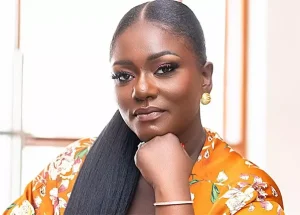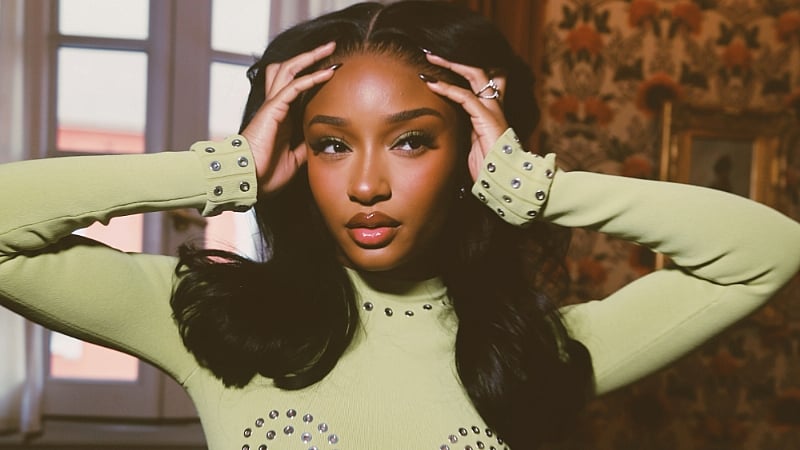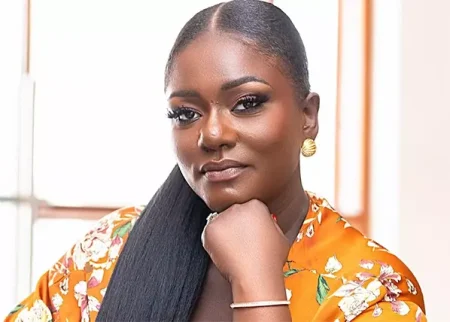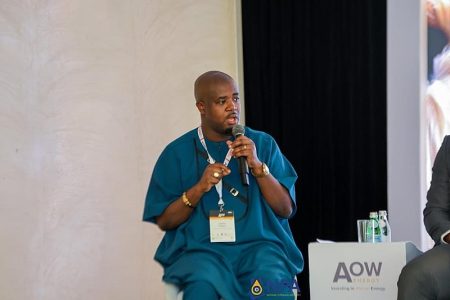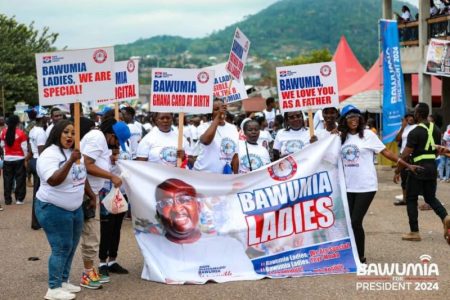Ayra Starr, the rising star of the Afrobeats genre, has recently released a collaborative track with Wizkid titled “Gimme Dat,” a song that has ignited both applause and controversy due to its provocative lyrics. The heart of the debate lies within the second verse, where Starr audaciously details her assessment of a male partner’s physique, using suggestive language that has raised eyebrows and sparked conversations about female sexuality, artistic expression, and cultural expectations within the music industry. Starr’s lyrics, layered over a sample from Wyclef Jean and Mary J. Blige’s 2000 hit “911,” present a confident and assertive female perspective, flipping the traditional script of male gaze and objectification. While some listeners have criticized the explicit nature of the verse, others have championed Starr’s bold approach, interpreting it as a powerful statement of female agency and a challenge to societal norms.
The specific lines causing a stir involve Starr’s explicit examination of her partner’s anatomy, using playful metaphors and direct language that leave little to the imagination. Her declaration of “surveying his tools” and the subsequent implication of her “handling” them, coupled with the predicted reaction of him losing his composure, have been interpreted as overly graphic and inappropriate by some. This reaction underscores the continuing tension surrounding female artists who openly express their sexuality, particularly within genres like Afrobeats, where traditional gender roles and expectations often influence public perception. Conversely, supporters argue that Starr’s lyrics represent a refreshing departure from conventional portrayals of female desire, demonstrating a confident embrace of sexuality that challenges the double standard often applied to male and female artists.
Starr’s own response to the controversy, a humorous tweet expressing her hope that her mother would never hear the second verse, adds another layer to the ongoing dialogue. Her playful acknowledgment of the lyrics’ potential to shock a more conservative generation reflects the generational divide in attitudes towards sexual expression. It also subtly reinforces the notion that the lyrics are intended to be provocative, contributing to the broader conversation about the role of artistic expression in challenging societal norms. Whether intended as a calculated move to generate buzz or a genuine expression of her artistry, Starr’s tweet effectively keeps the song and its themes at the forefront of public discussion.
The mixed reactions to “Gimme Dat” highlight the evolving landscape of music and the increasing prominence of female voices within genres like Afrobeats. While female artists have historically faced greater scrutiny and limitations in their artistic expression, a new wave of musicians, including Ayra Starr, are pushing boundaries and challenging traditional expectations. Their willingness to address themes of sexuality and desire with frankness and confidence reflects a broader shift in societal attitudes and a growing acceptance of female artists who own their narratives and express their experiences without censorship or apology.
The controversy also underscores the complex relationship between art and audience, particularly when it comes to themes of sexuality and gender. What one listener interprets as empowering and liberating, another may find offensive or inappropriate. This subjective interpretation highlights the need for nuanced conversations about artistic expression and the importance of considering the context and intent behind the work. In the case of “Gimme Dat,” the debate extends beyond the lyrics themselves, encompassing broader questions about female agency, artistic freedom, and the evolving cultural landscape within the music industry.
Ultimately, the reaction to Ayra Starr’s “Gimme Dat” reflects a larger cultural conversation about representation, sexuality, and the power dynamics at play within the music industry. As female artists continue to push boundaries and challenge traditional norms, the ensuing debates and discussions serve as a testament to the evolving nature of artistic expression and the ongoing struggle for greater representation and equality within the creative sphere. Whether one agrees with Starr’s lyrical choices or not, the song’s impact is undeniable, sparking a dialogue that extends far beyond the music itself and contributes to a broader understanding of female perspectives and experiences within the Afrobeats genre and beyond.


